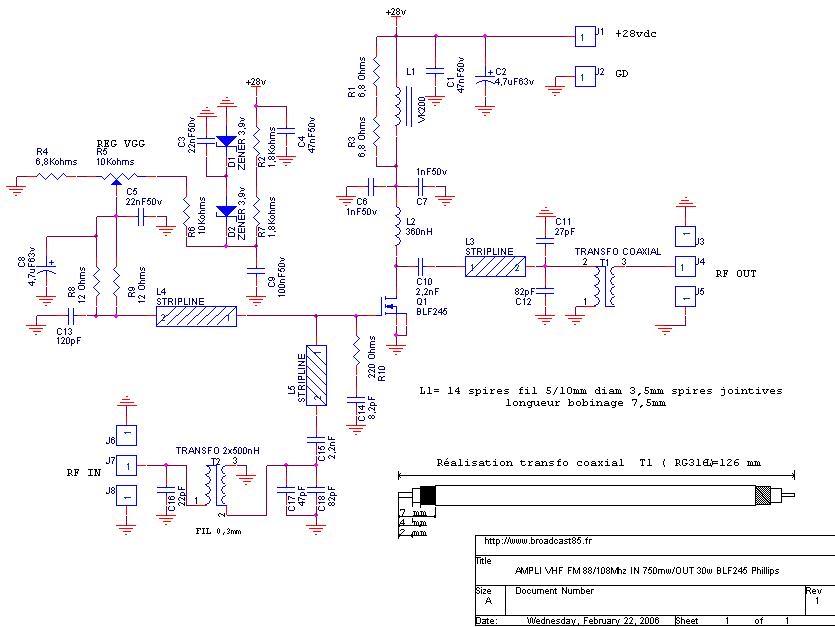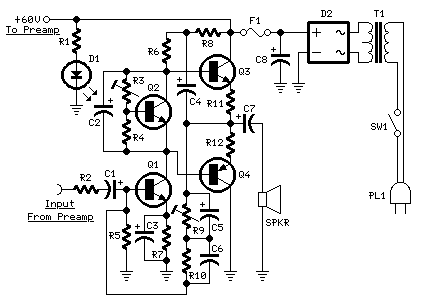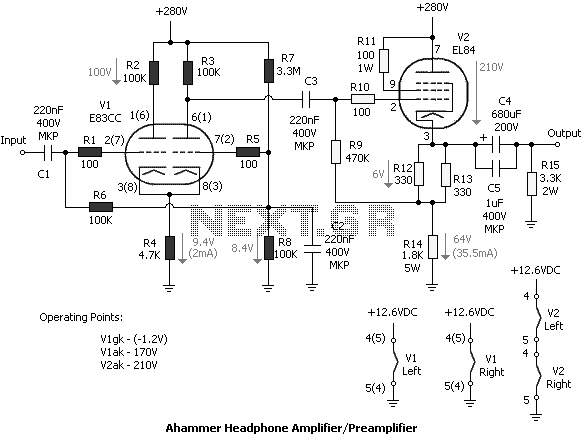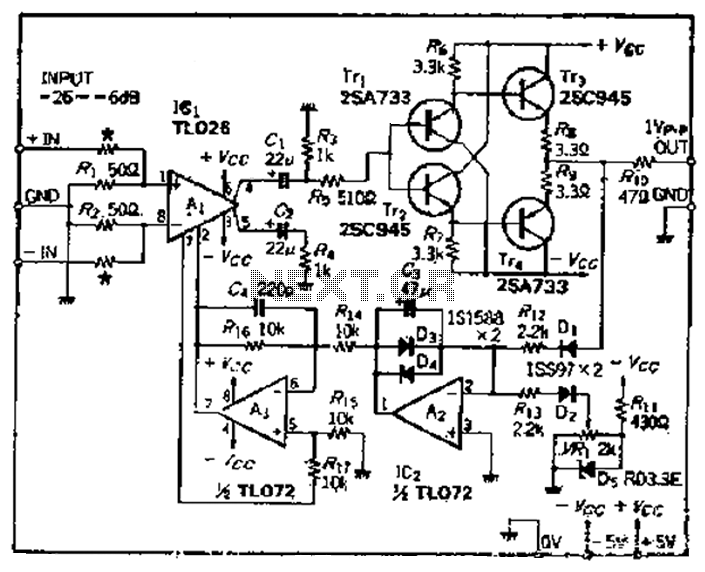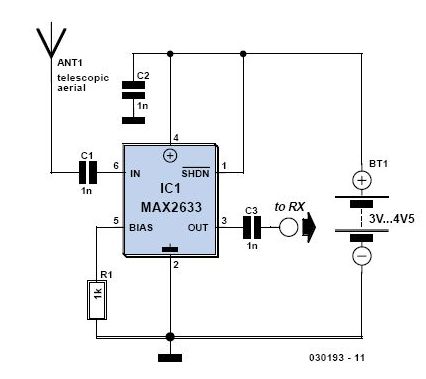
25W single-chip audio Class D amplifier IC-TDA7482
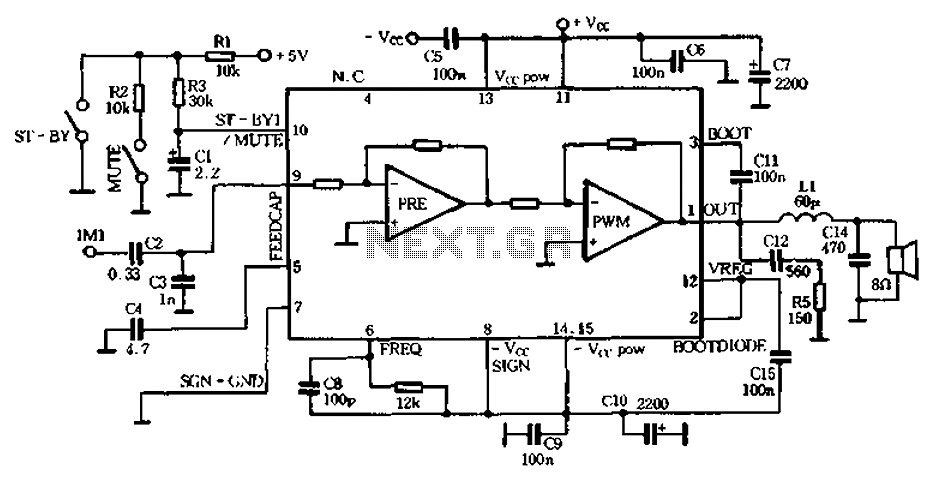
The PWM Class D audio amplifier has been the subject of exploration and reporting for over half a century. This technology is particularly attractive due to its high output efficiency, typically exceeding 85 to 90%. High output efficiency is especially significant for large power amplifiers. However, achieving a low total harmonic distortion (THD) remains a challenge for high-fidelity audio applications. Currently, Class D PWM amplifiers exhibit a THD of approximately 0.1% to 0.01%, but maintaining this level becomes increasingly difficult at higher power outputs. Although a 50W PWM audio amplifier may not deliver a strong musical experience, the high PWM carrier frequency can introduce substantial electromagnetic interference in the shortwave band. Existing filter designs have not satisfactorily addressed these interference issues. Nonetheless, in applications such as audio output stages for large screen color televisions and multimedia computer car stereo systems, the drawbacks of PWM amplifiers are often deemed acceptable, making them a convenient choice. Companies like SGS THOMSON have developed reliable monolithic chips for this technology, which are recommended for use.
The PWM (Pulse Width Modulation) Class D audio amplifier is a highly efficient amplification solution that utilizes a switching method to control the output power delivered to a load, typically a speaker. The architecture of a Class D amplifier consists of a modulator that converts the audio input signal into a PWM signal. This signal is then sent to power transistors that rapidly switch on and off, creating a series of pulses that correspond to the input signal's amplitude.
The efficiency of Class D amplifiers is primarily due to the operation of the output transistors in saturation and cutoff states, minimizing the power dissipated as heat. This allows for compact designs and reduced cooling requirements, making them ideal for applications where space and thermal management are critical, such as portable audio devices and automotive sound systems.
Despite their efficiency, Class D amplifiers face challenges in audio fidelity. The total harmonic distortion (THD) is a key parameter that characterizes the audio quality, and while advancements have brought THD levels down to 0.1% to 0.01%, achieving these figures at higher power outputs remains problematic. The high-frequency switching can introduce electromagnetic interference (EMI), particularly in the shortwave band, which can affect nearby electronic devices and degrade audio performance.
To mitigate these issues, careful design considerations are necessary. This includes the implementation of effective filtering techniques to reduce EMI and the use of feedback mechanisms to improve linearity and reduce distortion. Additionally, the selection of high-quality components and the layout of the circuit board can significantly impact performance.
In practical applications, the advantages of high efficiency often outweigh the drawbacks of potential distortion and interference. Class D amplifiers are widely used in consumer electronics, including televisions and multimedia systems, where their compact size and power efficiency are highly valued. Manufacturers like SGS THOMSON provide integrated solutions that enhance reliability and performance, making these amplifiers a popular choice in modern audio applications.About PWM Class D audio amplifier, during the past half century, foreign miscellaneous Chi constantly been explored reported. The main features of this technology attractive ou tput efficiency is high (generally more than 85 to 90%), which is the output of a large power amplifier is more important. But its high distortion index Hi- Fi to seek still a considerable distance. Now that Class D PWM amplifier THD jumped about 0.1 ~ 0.oi%, but when the power is more than difficult to achieve this range indicator D although the use of PWM audio amplifier produced when 50w, musical taste was not too strong.
Its second powerful PWM carrier frequency will inevitably lead to serious short-wave band electromagnetic interference, which is something that can not be satisfied with the existing filter design to solve problems in the mouth Nonetheless t big screen color TVs audio output stage, and the audio portion of the multimedia computer car stereo system, PWM amplifier above drawbacks seem not important, so find it handy. And like SGS THOMSON such international Archduke J to launch such a monolithic form of chips t can count on working together is very reliable, and the nozzle is recommended.
The PWM (Pulse Width Modulation) Class D audio amplifier is a highly efficient amplification solution that utilizes a switching method to control the output power delivered to a load, typically a speaker. The architecture of a Class D amplifier consists of a modulator that converts the audio input signal into a PWM signal. This signal is then sent to power transistors that rapidly switch on and off, creating a series of pulses that correspond to the input signal's amplitude.
The efficiency of Class D amplifiers is primarily due to the operation of the output transistors in saturation and cutoff states, minimizing the power dissipated as heat. This allows for compact designs and reduced cooling requirements, making them ideal for applications where space and thermal management are critical, such as portable audio devices and automotive sound systems.
Despite their efficiency, Class D amplifiers face challenges in audio fidelity. The total harmonic distortion (THD) is a key parameter that characterizes the audio quality, and while advancements have brought THD levels down to 0.1% to 0.01%, achieving these figures at higher power outputs remains problematic. The high-frequency switching can introduce electromagnetic interference (EMI), particularly in the shortwave band, which can affect nearby electronic devices and degrade audio performance.
To mitigate these issues, careful design considerations are necessary. This includes the implementation of effective filtering techniques to reduce EMI and the use of feedback mechanisms to improve linearity and reduce distortion. Additionally, the selection of high-quality components and the layout of the circuit board can significantly impact performance.
In practical applications, the advantages of high efficiency often outweigh the drawbacks of potential distortion and interference. Class D amplifiers are widely used in consumer electronics, including televisions and multimedia systems, where their compact size and power efficiency are highly valued. Manufacturers like SGS THOMSON provide integrated solutions that enhance reliability and performance, making these amplifiers a popular choice in modern audio applications.About PWM Class D audio amplifier, during the past half century, foreign miscellaneous Chi constantly been explored reported. The main features of this technology attractive ou tput efficiency is high (generally more than 85 to 90%), which is the output of a large power amplifier is more important. But its high distortion index Hi- Fi to seek still a considerable distance. Now that Class D PWM amplifier THD jumped about 0.1 ~ 0.oi%, but when the power is more than difficult to achieve this range indicator D although the use of PWM audio amplifier produced when 50w, musical taste was not too strong.
Its second powerful PWM carrier frequency will inevitably lead to serious short-wave band electromagnetic interference, which is something that can not be satisfied with the existing filter design to solve problems in the mouth Nonetheless t big screen color TVs audio output stage, and the audio portion of the multimedia computer car stereo system, PWM amplifier above drawbacks seem not important, so find it handy. And like SGS THOMSON such international Archduke J to launch such a monolithic form of chips t can count on working together is very reliable, and the nozzle is recommended.

